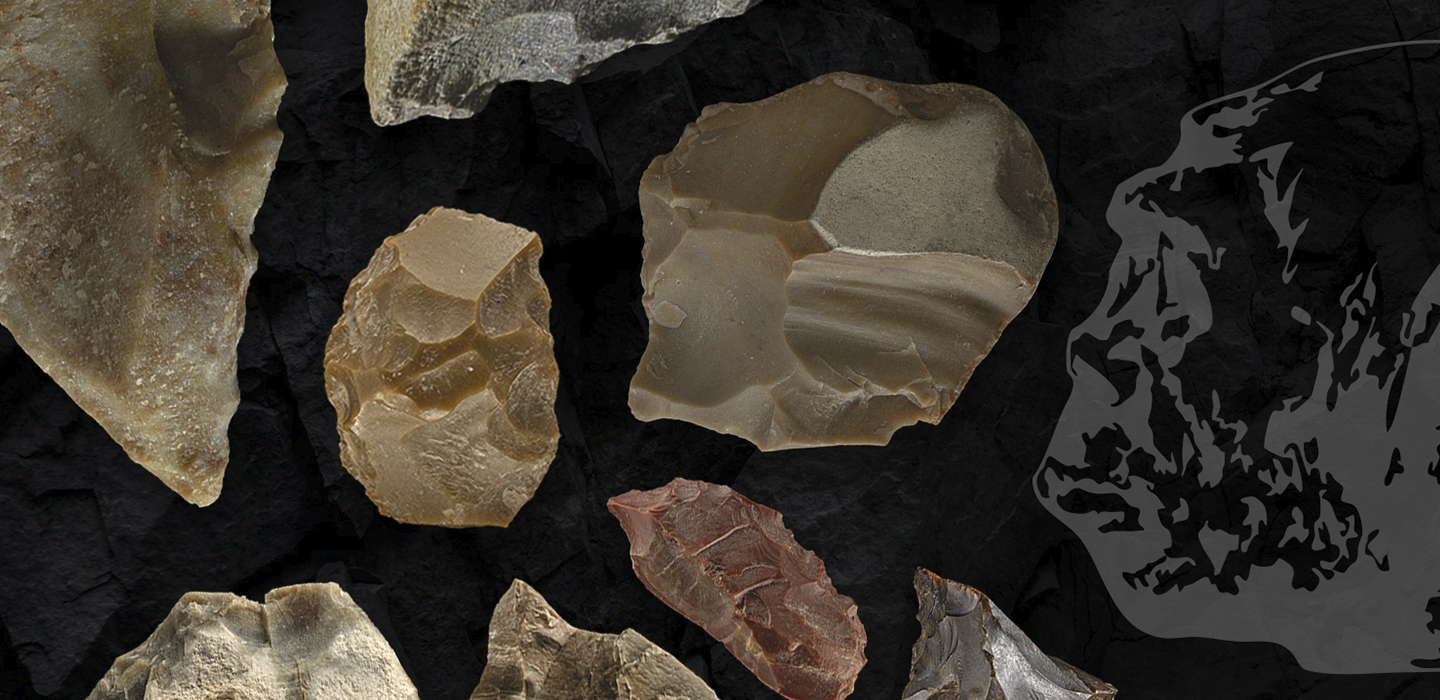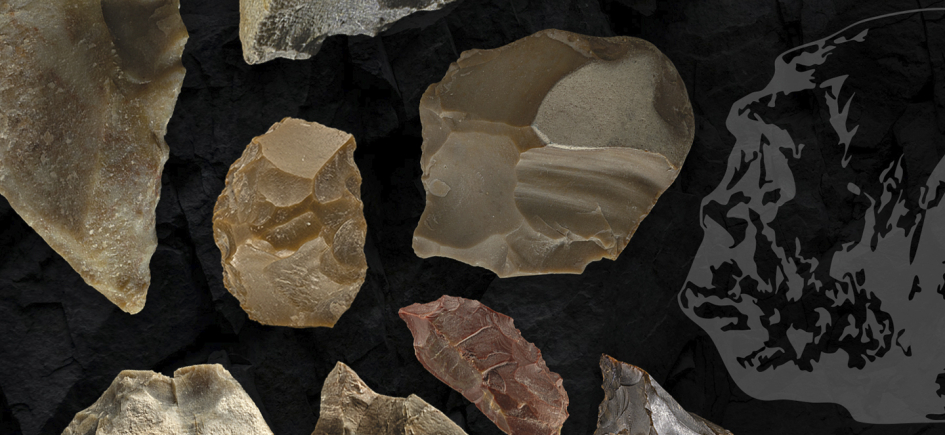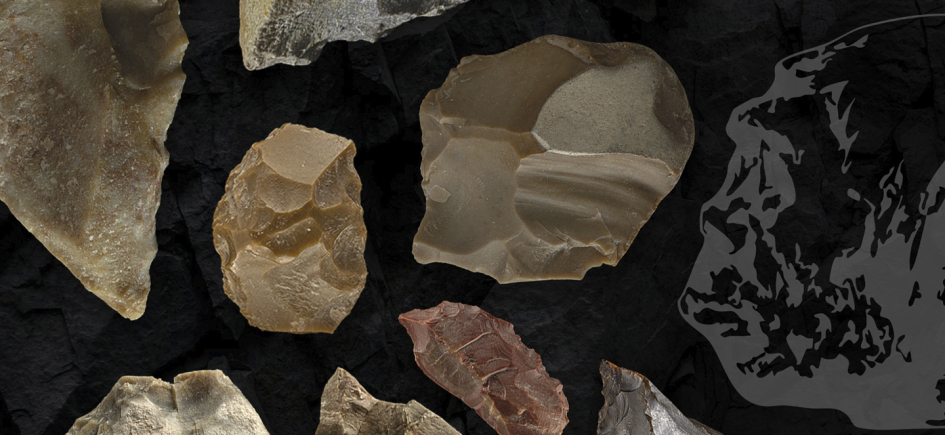
THE SIXTIETH ANNIVERSARY OF THE VÉRTESSZŐLŐS MAN
An archaeological conference dedicated to the Lower Palaeolithic, commemorating the discovery of early hominid fossils at Vértesszőlős, Hungary
Vértesszőlős is an unparalleled Lower Palaeolithic site in Europe. When it was discovered in 1962, its age was estimated at around 600,000 years, making it the oldest known hominid occupation site on the continent. More recent assessments, however, have revised this to approximately 270,000–350,000 years.
The site is remarkable for its exceptionally rich evidence of Palaeolithic life and environment, including knapped stone artefacts, faunal remains, plant imprints, animal footprints, and human fossil material. Research was interrupted by the sudden death of László Vértes in 1968, yet his findings and the excavated material were later published in a comprehensive monograph edited by Viola T. Dobosi and Miklós Kretzoi in 1990.
A re-evaluation of the site is now timely in light of recent methodological advances in archaeology. To mark the sixtieth anniversary of the discovery of ‘Sámuel,’ the renowned early hominid fossil, and to promote a renewed understanding of the site’s position within the framework of current research, the Hungarian National Museum is organising an international conference.
Attendance is free of charge but requires prior registration. Register here
The language of the conference is English.








